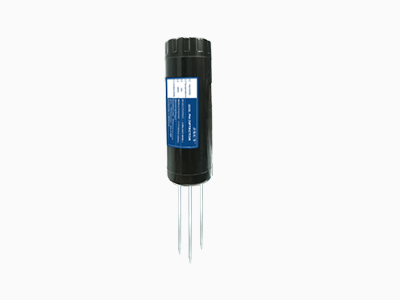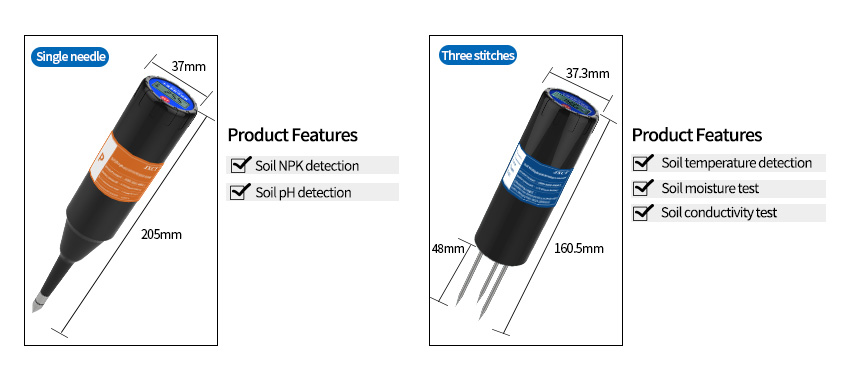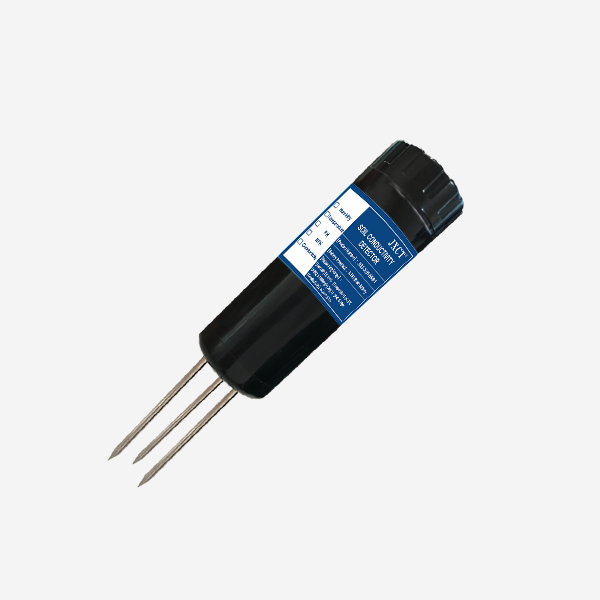Irrigation is critical for ensuring crop growth and yield. However, inefficient irrigation practices can result in water wastage, nutrient leaching, and reduced yields. In this context, precision irrigation, which involves the use of technology to optimize irrigation practices, has gained popularity. Soil sensors are a crucial component of precision irrigation, providing real-time data on soil moisture levels, enabling farmers to adjust irrigation schedules and amounts based on plant needs. This article explores the role of soil sensors in optimizing irrigation efficiency, highlighting their benefits, challenges, and future potential.

Real-time Monitoring:
Soil sensors provide real-time data on soil moisture levels, enabling farmers to make informed decisions about irrigation. By deploying soil sensors at strategic locations, farmers can monitor changes in soil moisture levels, facilitating timely intervention and optimization of irrigation inputs. Real-time monitoring also enables farmers to detect crop stress and disease early, improving yields and reducing losses.
Precision Irrigation:
Soil sensors play a crucial role in precision irrigation, optimizing water use and reducing water wastage. By monitoring soil moisture levels, farmers can adjust irrigation schedules and amounts based on plant needs, reducing the risk of overwatering or underwatering. Precision irrigation not only conserves water but also improves crop health and yield by ensuring that plants receive adequate water and nutrients.
Enhanced Crop Growth:
Optimizing irrigation efficiency using soil sensor data can enhance crop growth and yield. By avoiding over- or under-watering, plants can achieve optimal growth and development. Furthermore, precision irrigation can reduce the risk of nutrient leaching, ensuring that plants receive adequate nutrients to support growth and yield.
Cost Savings:
Optimizing irrigation efficiency using soil sensor data can result in cost savings for farmers. By reducing water and energy use, farmers can lower their utility bills, improving profitability. Additionally, precision irrigation can reduce the need for fertilizers and pesticides, reducing input costs and improving sustainability.
Challenges:
Despite the benefits of soil sensors in optimizing irrigation efficiency, there are challenges that need to be addressed. Soil sensors can be costly, requiring significant investment in equipment, installation, and maintenance. Calibration and interpretation of sensor data can also be challenging, requiring specialized knowledge and skills. Additionally, data management and sharing can raise privacy concerns, requiring appropriate protocols and regulations.
Future Potential:
The future potential of soil sensors in optimizing irrigation efficiency is significant, with ongoing innovations and research. Advances in sensor technology, such as miniaturization and wireless communication, will enable the development of more affordable and accessible sensors. Data analytics tools, such as machine learning algorithms and artificial intelligence, will enable more accurate and comprehensive analysis of sensor data, facilitating informed decision-making. Integration of soil sensor data with other sources of information, such as weather and satellite data, will enable more precise and site-specific management practices.

Conclusion: Soil sensors play a critical role in optimizing irrigation efficiency, enabling precision irrigation practices that conserve water and improve crop growth and yield. Real-time monitoring, precision irrigation, enhanced crop growth, and cost savings are among the many advantages of soil sensors. However, challenges such as cost, calibration, interpretation, and data management need to be addressed. The future potential of soil sensors in optimizing irrigation efficiency is significant, with ongoing innovations and research promising more affordable and accessible sensors, more accurate and comprehensive data analytics, and more precise and site-specific management practices. With continued investment and innovation, soil sensors will continue to revolutionize agriculture, ensuring food security, and sustaining economic growth while protecting the environment.
